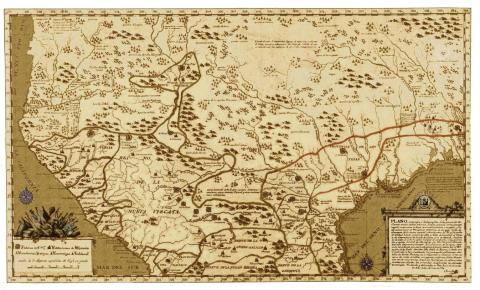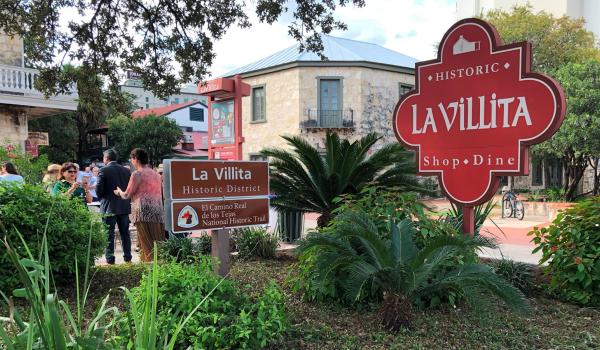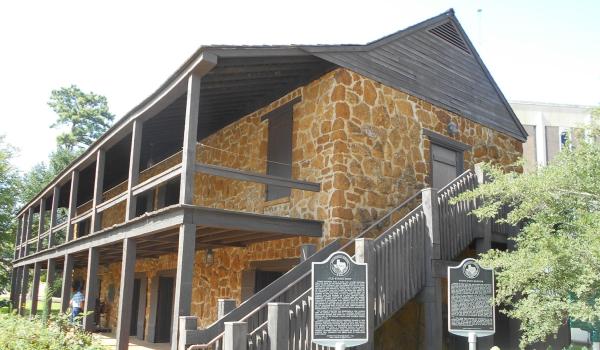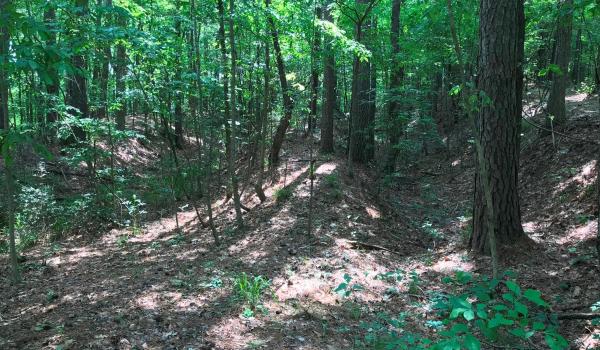The Camino Real de los Tejas was one of the main communication and trade routes between the center of the Viceroyalty of New Spain and the Texas region, playing a key role in the expansion of the Spanish colonial territory and the development of settlements along its path.
Camino Real de los Tejas
Its origins date back to the 17th century, when Spanish authorities established a system of roads that facilitated the movement of people, goods, and correspondence between Mexico City and the northeastern frontier of the viceroyalty.
This route extended as far as Natchitoches, in present-day Louisiana, United States. Along its course, towns, missions, presidios, and settlements were established, shaping the region’s cultural landscape.
The Camino Real de los Tejas was crucial in the evangelization of Indigenous peoples in the Northeast, the dissemination of Spanish and Tlaxcaltec cultures, the trade of goods such as livestock, leather, and cochineal dye, and the conflicts between the colonial powers of the time. During the 18th and 19th centuries, the route witnessed military expeditions, Indigenous resistance movements, and the independence processes of both Mexico and Texas.
Today, the section of the road located within the United States is recognized as a National Historic Trail and remains an important part of the shared cultural heritage between Mexico and United States. Its remnants—visible in old road segments, colonial-era structures, and local traditions—allow us to reconstruct the history of a route that played a fundamental role in shaping the northeastern territories of New Spain.
The preservation and restoration of this archaeological, historical, and cultural heritage have provided an opportunity for binational cooperation among researchers, civil organizations, academic and cultural institutions, as well as local communities and state governments.






